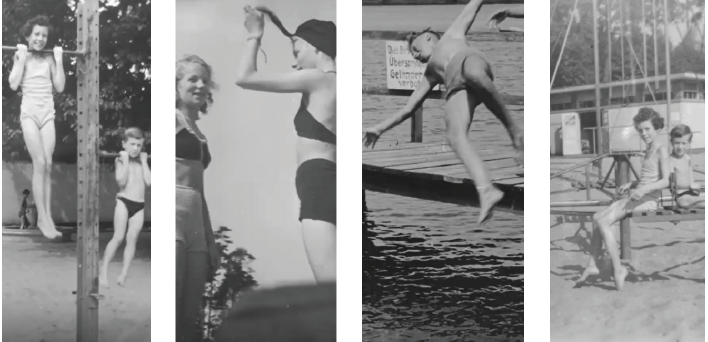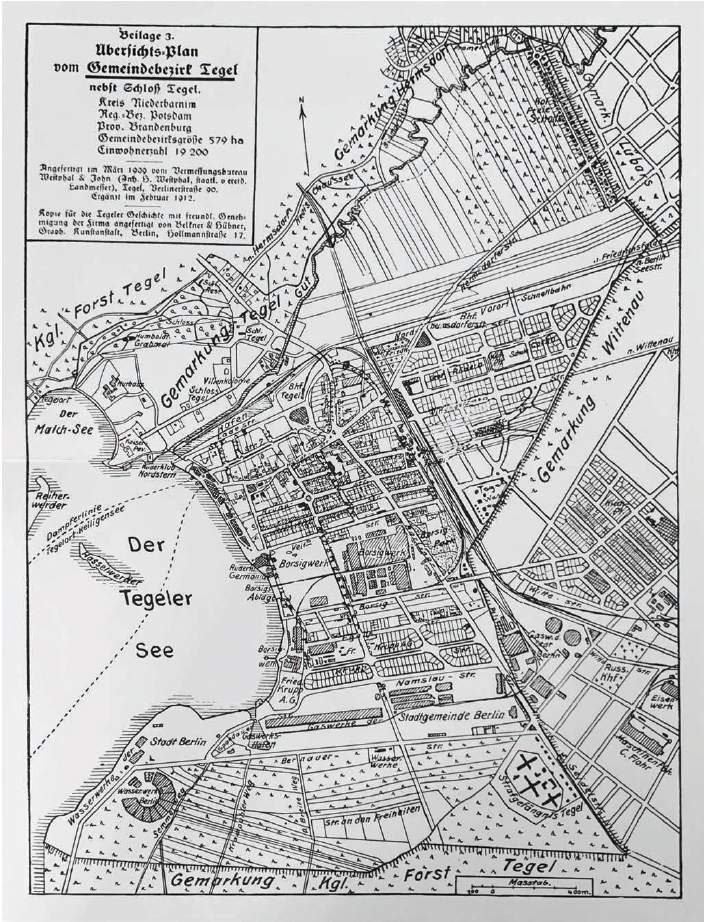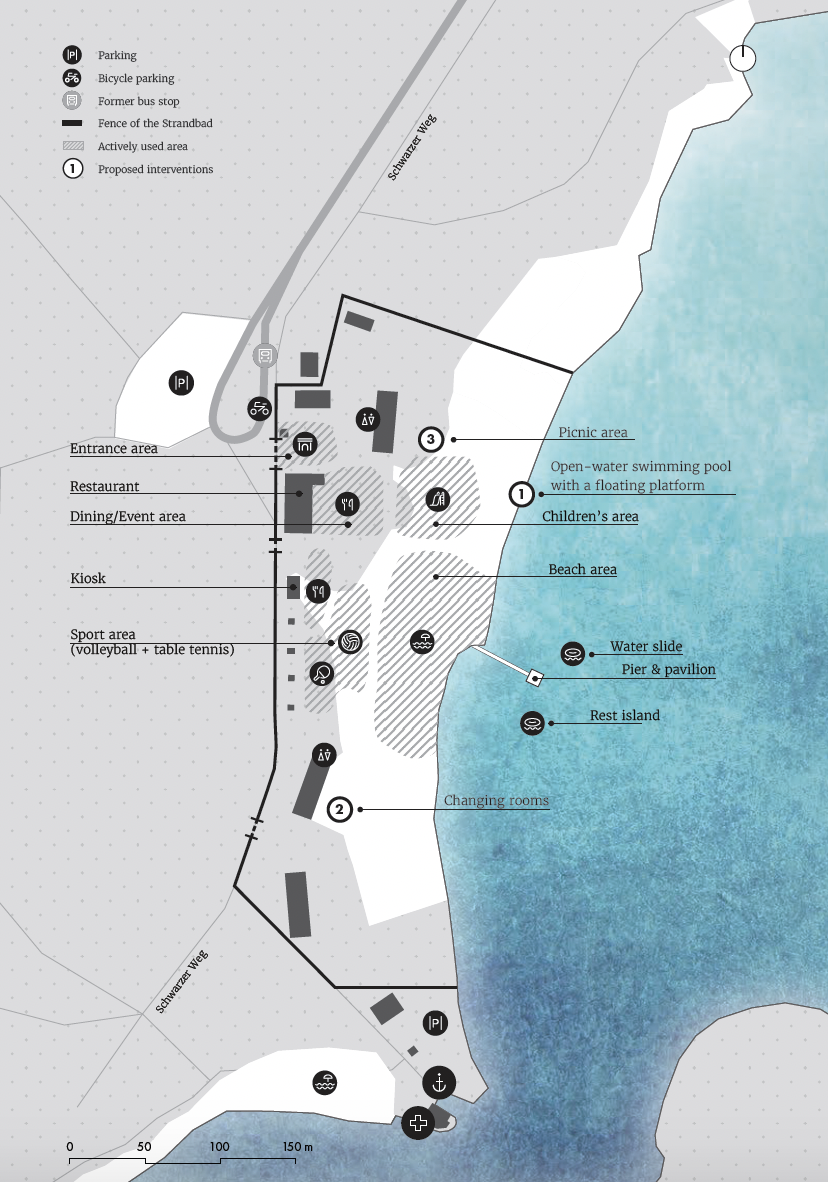Tegler See: Segregation and Inclusion in Berlin
Segregation, xenophobia, and discrimination are inescapable parts of the city as we know it now, even if in the Global North world it’s taken more covert forms. Looking into the current state of things in Berlin, one of the islands of freedom, acceptance, and tolerance, as the city poses itself (The New York Times, 2006), is exposing, regardless of the self-proclaimed image, existing patterns that lead to further separation of the society. How spatial structure of the city, in recreational places specifically, can further exacerbate, or on the contrary, mediate the widening rim? In the last two years with the start of the COVID 19 pandemic the role and usage patterns of the recreational places turned from occasional visiting and spending free time to supporting our sense of being free at all. When our houses became not only bedrooms, kitchens, living rooms, but also our places of work, the outside became something exclusive and unobtainable.
Considering the housing crisis in Berlin which has been intensifying for years, with an estimated lack of up to 200,000 flats for the existing population (Guthmann Estate, 2021), the opportunity left by the authorities for walks and solo sports in the fresh air has become an outlet for many to cope with everyday life. But not everywhere these activities were allowed. In Russia, where independent researchers report at least a 25% increase in domestic violence (The Moscow Times, 2021), during the lockdown in Moscow it was prohibited to leave the house further than by 100 meters. Or France, where French Interior Minister Christophe Castaner announced on 26 March 2020 that after the imposition of restrictive measures in Paris, police intervention in family conflicts increased by 36% (Kottasová, 2020). Germany saw a 4.4% increase in known cases of actual or attempted violence against domestic partners last year, as the Independent has reported. However, the figures didn’t offer a clear picture of the impact of lockdowns prompted by the coronavirus pandemic.
This is only one of the other probable consequences of access to open spaces.
The dynamic of inclusion and exclusion in recreational areas can have a significant impact on society at the aspects of violence, content, tolerance, and the level of life satisfaction. Providing access to recreational facilities is only part of the process of shaping these urban areas. According to Ganji & Rishbeth (2020), proper maintenance and management are one of the key areas that ensure the successful functioning of the territory in terms of intercultural communication, safety, and tolerance.
This thesis tries to explore the following questions in the broader context of the
Tegel district:
1. What is the history of segregation in recreational spaces in the Tegel neighborhood in Berlin?
2. What contemporary processes shape segregation and inclusion in public recreational spaces (and how NGOs are involved)?
3. What is the potential of the NGO involvement in recreational areas management, facilitation, and inclusion of new city inhabitants?
4. What design approaches and interventions could be done to facilitate the process of social integration?
Addressing the issues of inclusivity, equity, and diversity by looking into the history of spatial segregation in Tegel, identifying the user groups, their activities and spatial use patterns of a recreational area of Strandbad Tegelsee help to deeper understand the spatial aspect of intercultural communication dynamic, and in turn contributes to improving the quality of recreational areas, answering to the challenge of increasing international and internal migration levels. The relationship between the urban fabric and new city dwellers may shape the city’s future.
-
StudentArina Kapitanova
-
UniversityTU Berlin

-
 Activities of the residents on the beach (Courtesy to Arina Kapitanova)
Activities of the residents on the beach (Courtesy to Arina Kapitanova) -
 Archival research of the area where the beach is located (Courtesy to Arina Kapitanova)
Archival research of the area where the beach is located (Courtesy to Arina Kapitanova) -
 Analysis of the beach and suggested activities for an inclusive urban design (Courtesy to Arina Kapitanova)
Analysis of the beach and suggested activities for an inclusive urban design (Courtesy to Arina Kapitanova)